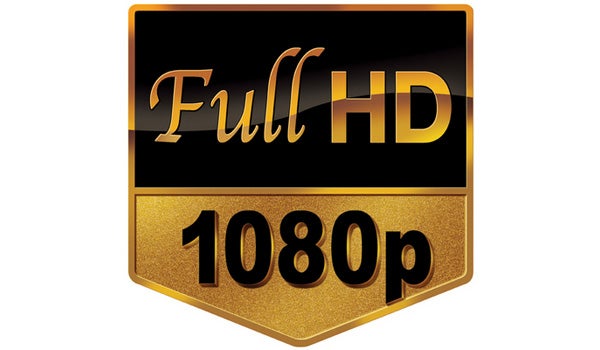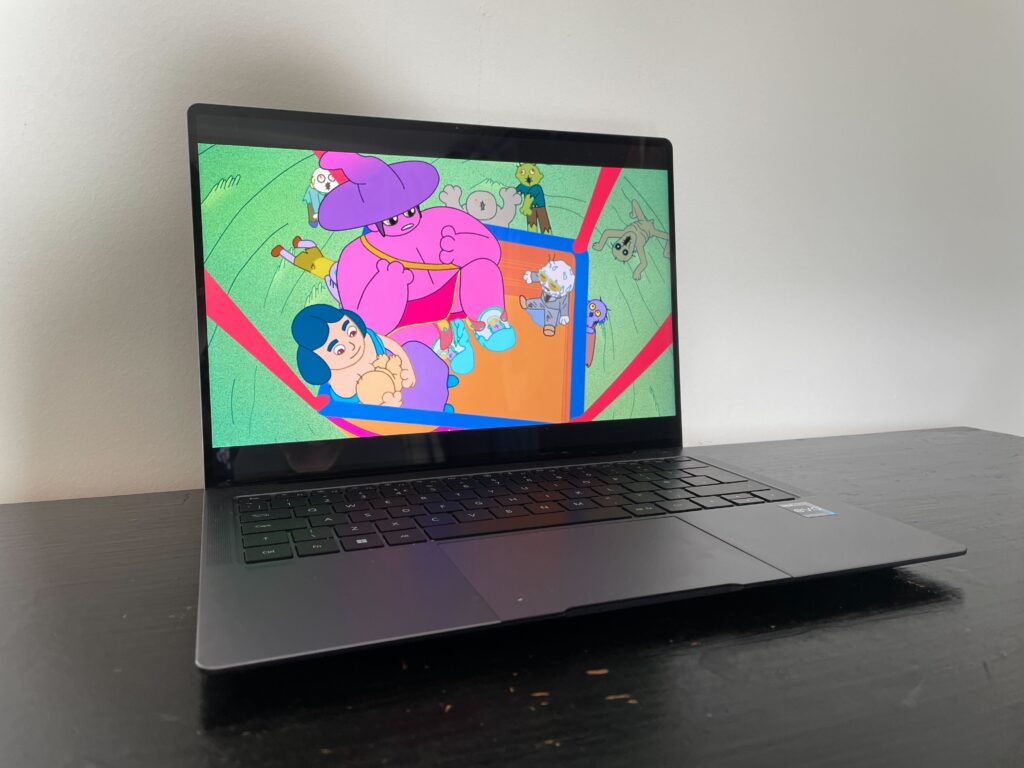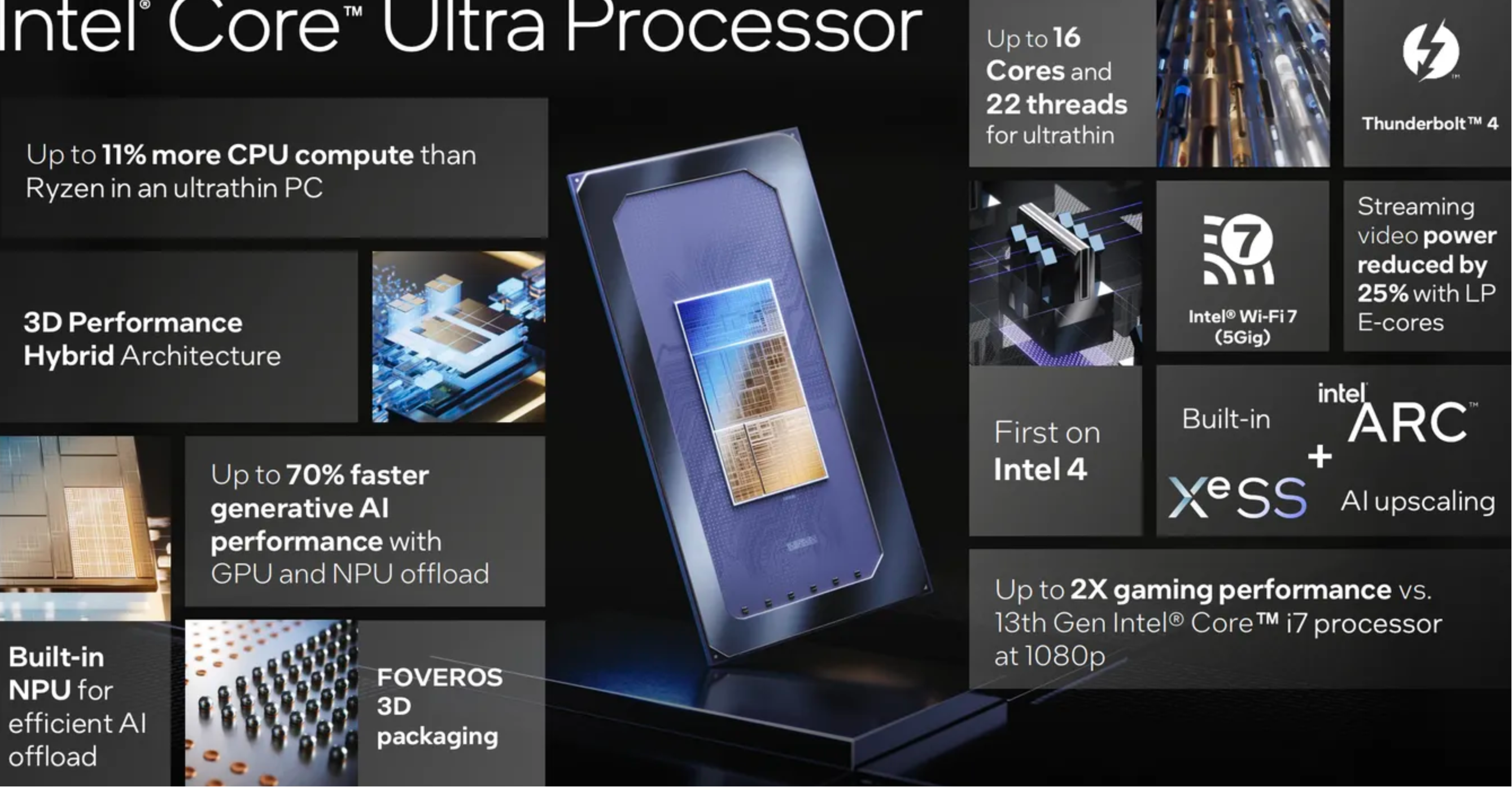What is Full HD? The display resolution explained

Finding a new screened device can be complicated, but it can be made a lot easier by understanding what the different screen resolutions mean, including Full HD.
We’re going to be running through what Full HD is and how it’s different to standard HD, so make sure you keep reading to find out more.
What is Full HD?
Full HD refers to a 1080p resolution, which generally means that a screen will have 1920 x 1080 pixels. A higher pixel count will result in a sharper picture, reducing the visibility of the gaps between each pixel. A large screen with a low pixel count can often give your TV’s picture an ugly grainy appearance.
Full HD has become more common over the years and is the standard resolution for digital television, Blu-Ray and many videos you will find online.
It’s important that you don’t get Full HD confused with HD, even though they are often used interchangeably. HD refers to the standard definition, and is capped at 720p and so has a far lower pixel density.

Full HD isn’t the best screen resolution available though. You can also get Quad HD (1440p), 4K (2160p) and 8K (4320p) screen resolutions, which offer even higher pixel counts and sharper picture quality, but will also drive up the cost of a device.
If you’re unclear on the resolution of a product, we recommend taking a look at the specifications on the box to determine the actual resolution.
What is the difference between Full HD and HD?
The main difference between Full HD and HD is that the former contains more pixels within the image. You can see a breakdown of how many pixels are contained in each format below:
- HD: 720p (1280 x 720 pixels)
- Full HD: 1080p (1920 x 1080 pixels)
- Ultra HD: 4K (3840 x 2160 pixels)
Generally speaking, the more pixels in an image, the better it will look. More pixels allow images to be displayed in larger sizes without the picture needing to be degraded. The more pixels in an image also makes it a lot less likely that you will be able to spot the pixels individually.
However, the screen size will also have an impact on how many pixels are needed. For example, the vanilla Nintendo Switch has an HD resolution, at 720p. But since it has such a small screen, at 6.2 inches, the lower resolution does not massively impact the experience since the screen is so small that pixels are still fairly compact. This is important, as it means that you don’t necessarily need to write off HD products, especially if they have a smaller screen.

But when you’re looking to buy a large monitor or a TV, a lower pixel count can have a far more detrimental effect on the picture quality. There are higher-end resolutions out there, such as Ultra HD. Ultra HD produces a 4K resolution, which sits at 3840 x 2160 pixels, and offers a noticeably better picture than Full HD.
It’s also worth pointing out that higher pixel counts can cause a device’s battery to deplete quicker, so upping the resolution isn’t always the best option for portable gadgets.
You will need to consider what type of device you’re buying and how clear you want the image to be. Generally, the higher the resolution the better, and Full HD sits as a great middle ground between HD and Ultra HD.








